Unforgettable memories
During the fierce war years or the subsidy period, journalists in Quang Ninh always showed a resilient spirit, overcoming all difficulties and challenges. Each news bulletin and newspaper at that time was not only an important source of information but also a flame that added confidence and encouraged the people's spirit to produce and fight.
Among the types of journalism at that time, the journalism team at Quang Ninh Newspaper was one of the leading forces, like pioneers on the proletarian journalism front.
Journalist and photographer Do Kha reviews wartime photos.
Towards the 100th anniversary of Vietnam Revolutionary Press Day, we, the young journalists, had the opportunity to talk with journalist and photographer Do Kha, born in 1938 (real name is Do Dinh Kha), former reporter for Quang Ninh Newspaper. When he was young, journalist Do Kha did not hesitate to rush into the battlefield. He spent his days working on the northern border battlefield as both a journalist and a photographer, capturing memorable moments of our army and people in the fight to protect the northern border of the Fatherland.
Although he is nearly 90 years old, the memories of a difficult time of journalism are still intact. Every time he talks about the heroic historical periods of the province and the nation, when he remembers the time of writing and taking photos, journalist Do Kha is very emotional. Journalist Do Kha recalls: Wartime journalism faced many difficulties. Reporters at that time lacked means of transportation, lacked means of working, and when enemy planes bombed, we had to evacuate continuously. During the days when the enemy carpet-bombed the capital Hanoi , Hai Phong City and some big cities, then bombed and destroyed the mine, shelled some of our positions, including the artillery position of the Dang Ba Hat self-defense company and Bai Chay ferry, killing and injuring a number of people. We still went back and forth to the key bombardment points, still had enough news, articles, and photos, ensuring that the newspaper was published regularly. That is also a great pressure in wartime circumstances full of danger and difficulty for every reporter and editor.
Professional memorabilia kept by journalist and photographer Do Kha.
Journalist Do Kha added that there were times when the newspaper had to be shortened, even to a small bulletin, but it still had to be published, conveying the province's directives, along with news and articles reflecting the fighting atmosphere and victories of the army and people in both the North and South battlefields. When the newspaper's editorial office was in Hon Gai and later when it was evacuated to Hoanh Bo, the agency still had to rely on a photo studio in the Post Office's evacuation cave at the foot of Bai Tho Mountain, because there was still electricity from a generator. Thanks to that, not only did the newspaper not have to stop any issue, but the newspaper's photos were still available regularly. It was only when the photo printing room was bombed and photojournalist Hong Phuoc was injured that the photo printing at the foot of Bai Tho Mountain stopped. But the editorial office still had a reserve source of photos called "dry rations" photos.
Journalist Do Kha at the Binh Lieu front, February 1979. Photo provided by the character
During the war and subsidy period, like the reporters of Quang Ninh Newspaper, the journalists of the provincial Radio and Television Station also experienced a journey filled with passion, solidarity, and a working spirit filled with youthful enthusiasm. The spirit of learning and effort is always put first.
Journalist Truong Quang Vinh (born in 1946) started working at Quang Ninh Radio Station in 1974, later taking on the position of Deputy Director of the Provincial Radio and Television Station (1993 to 2006). For him, the hard work gained from hardship has now become a great source of pride that not everyone has. During his time working at the Station, journalist Truong Quang Vinh and his colleagues ensured that the province's radio system operated smoothly, completing assigned political tasks. Despite the difficult road and lack of conditions, he continuously participated in working trips to the Eastern region, going to Mong Cai border gate by waterway, even by bicycle to install, inspect, and repair equipment for FM broadcasting stations.
Journalist Truong Quang Vinh shared: When Quang Ninh became the first province in the North to broadcast television in 1983, I was one of the first 5 people sent to Ho Chi Minh City to study professional television. This new knowledge contributed to helping the production of television news and articles of the station quickly become systematic, gradually improving quality.
Regardless of danger, overcome all difficulties and hardships
Quang Ninh has a long tradition of revolutionary journalism. In the beginning, the people who wrote, printed, and distributed the newspaper were all the same. They were secret revolutionary soldiers, and the work of making newspapers was even more secret. Realizing that the press was an effective and widespread means of propaganda for the revolution, the journalists of that time did not fear danger, overcame all difficulties and shortages, and created the valuable Than Newspaper, despite its very primitive form.
At that time, no journalist had the opportunity to study or improve their professional skills. They had to both write and teach to read and write so that more people could read and read newspapers. There were also revolutionary soldiers who came to this proletarianized region. They were former students, pupils, and intellectuals. They wrote articles in Vietnamese and French and sent them to public newspapers in the North and the South, but they had to hide their names and did not dare to think about royalties. For example, the author of the article denouncing the hardships of female workers at the Ke Bao mine published in Phu Nu Tan Van, signed by Nguyen Thi Hong, left a shining example that journalists later still remember.
Uncle Ho often read newspapers and followed the situation in Quang Ninh coal region. Uncle marked notable articles in red in the margins. For good people mentioned in the newspaper, Uncle awarded them a badge. Photo taken from an exhibit at Quang Ninh Provincial Museum
During the 10-year resistance war against the French, in the middle of the jungle, resistance news was also born in extremely difficult and deprived conditions. There were no professional journalists yet, and the people who made the news were still information and propaganda officers.
It was not until after the day the Mining Zone was liberated, with the Mining Zone Newspaper of the Mining Trade Union, in August 1955, that three or four brothers, who were also propaganda officers of the Trade Union, with some cultural and literary background, were assigned to work as journalists and from then on became lifelong journalists, becoming the first professional journalists in the Northeast region. From then on, words and concepts associated with the titles appeared: Editor-in-Chief, Editorial Secretary, Reporter.
In early 1960, the Mining Region Newspaper asked for 8 people from the journalism class of the People's University, then added some brothers and sisters from the Central Propaganda School. By the end of 1960, the Mining Region Newspaper had 15 people, including editors and reporters. In Hai Ninh, in 1960, in addition to the editors, there were 4 reporters, of which 2 worked on Vietnamese newspapers and 2 translated into Chinese newspapers. Also in the information and propaganda room, there were 2 announcers, one reading Vietnamese, one reading Chinese. Thus, there were 7 journalists.
After two months of merging the Mining Region Newspaper and the Hai Ninh Newspaper, on January 2, 1964, the Quang Ninh Newspaper published its first issue, directly under the Provincial Party Committee. At first, the Head of the Provincial Party Committee's Propaganda Department was also the editor-in-chief. Directly leading the newspaper agency were two deputy editors-in-chief. Shortly after, the Provincial Party Committee issued a decision to appoint a full-time editor-in-chief and deputy editors-in-chief. The team of reporters was also strengthened.
During the years of the resistance war against the US, when the US used planes to attack the North, Quang Ninh Newspaper immediately reported the glorious victory of the first battle on Quang Ninh land, and published the photo of the first pilot captured alive. After that, there were two periods of fierce US air strikes, the newspaper office evacuated to the rocky mountains of Quang Hanh (Cam Pha) and then moved to Son Duong commune (Hoanh Bo). Reporters went to bombed areas to write about typical examples of good fighting and good production. The newspaper printing house was located in the forest, without electricity, so it had to be printed using a foot-pedal machine, the newspaper size had to be reduced from 79x54cm to 39x54cm, sometimes down to 39x27cm, the number of printed copies was only 1,000.
Overcoming countless difficulties, the newspaper still published regularly, without stopping any issue. Hot reports from Uong Bi Power Plant, Cam Pha Mechanical Factory, Cua Ong Wharf, Bai Chay Ferry, Ngoc Vung Island, Nam Hoa Commune, Cam Bridge, Dang Ba Hat battlefield... have very timely praised the glorious achievements. Besides praising, Quang Ninh Newspaper also had many investigative articles, exposing dishonest figures and burning issues in coal.
Quang Ninh Newspaper in 1970 was printed using lead typesetting.
After the liberation of the South and the reunification of the country, Quang Ninh Newspaper closely followed the tasks of the provincial Party Committee, expressed through vivid articles. The column "Good people, good deeds" later changed to "Coal owners" was maintained. The newspaper discovered bright examples such as: Le Khac Vung youth car group, Mao Khe phenomenon of good production organization, a series of fishing cooperatives and "fish generals", good intensive agricultural cooperatives... When there was a border war, the newspaper promptly praised examples of fighting and serving in combat.
During this period, the newspaper continued to fight against negative phenomena such as: Embezzlement of cooperative funds, over-calculation of forest planting areas, short-term exploitation in coal mining, suppression of honest people... which were discovered with specific addresses, most cases forced management levels to handle, some directors had to go to court.
Reporters at Quang Ninh Newspaper also actively criticize superstitious social evils, while always introducing literary works, poems, short stories, short plays, and satirical paintings.
The French Thompson transmitter was ordered and installed in a container by Quang Ninh province during the first days of television broadcasting. Photo: Archive
In addition to written journalists, there were also journalists at the provincial and municipal radio stations. Since 1956, radio stations began to exist in the five towns of Hon Gai, Cam Pha, Quang Yen, Tien Yen, and Mong Cai. After the merger of the two provinces, on January 1, 1964, Quang Ninh Radio Station officially began operating. The number of reporters, editors, and journalists at the press agency gradually increased to over 40 people, and in 1972, it increased to 50 people when the radio station was transformed into the later Quang Ninh Radio Station. When broadcasting on television on September 2, 1983, the number of reporters, editors, announcers, and technicians increased to over 70 people.
After the war, the country entered a challenging period of subsidy. Lacking in all aspects from electricity, food, paper and ink to working equipment, Quang Ninh press had to struggle to survive and develop. Many reporters had to use bicycles to go to the field, record with a mortar weighing tens of kilograms, and manually edit tapes in low light conditions. But in times of need, invention is the mother of invention, and the press at that time was closer to the people than ever. During this period, Quang Ninh press fulfilled its dual mission of truthfully reflecting social reality, while contributing to stabilizing ideology and arousing the spirit of overcoming difficulties and rising up of the people in the Mining Region.
In short, during the war years or the subsidy period, the Quang Ninh press team had a solid level and quality. Especially during the fierce war years, many journalists did not mind the sacrifice and hardship, bravely staying in the key war zones. Four people from Quang Ninh Radio sacrificed in a bombing raid by American planes that destroyed Hon Gai is an example.
From the early days of writing in the mines to the time when struggling to make newspapers during the subsidy period with all kinds of shortages, Quang Ninh press has affirmed its position as a "pioneer soldier" on the information front. In the smoke of war or the years of ration cards, the voice of the press still resounded, honest, brave, and responsible. It is this spirit that has created the tradition of Quang Ninh press, steadfast, attached to the people, constantly innovating to be worthy of being the bridge connecting the Party's will and the people's hearts.
Today, amidst the digital and multimedia lifestyle, looking back at the past journey, today's journalists are not only proud but also cherish, preserve and continue, so that Quang Ninh press will always be the flame that keeps the faith and development aspirations of the heroic mining land bright.
Lan Anh
Source: https://baoquangninh.vn/vuot-len-khoi-lua-chien-tranh-va-kho-khan-thoi-bao-cap-3360537.html


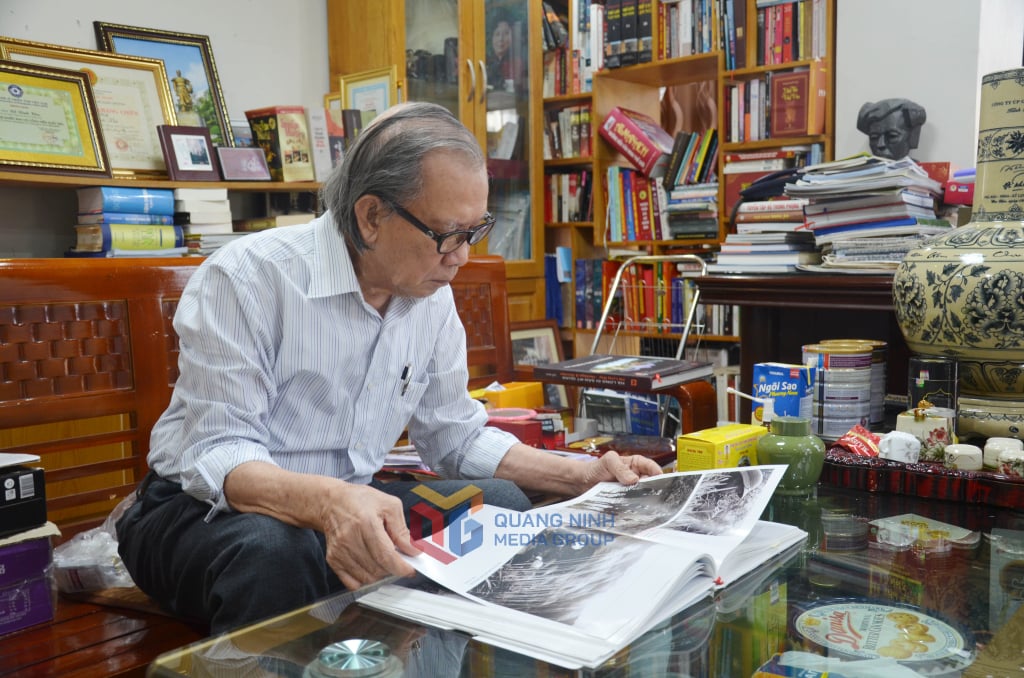
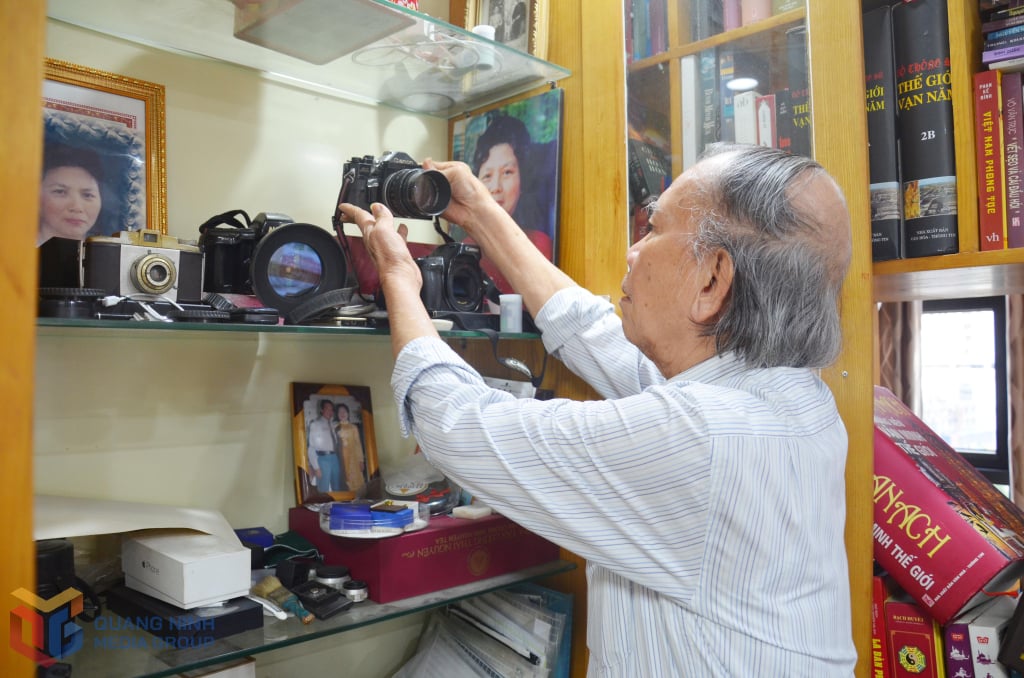

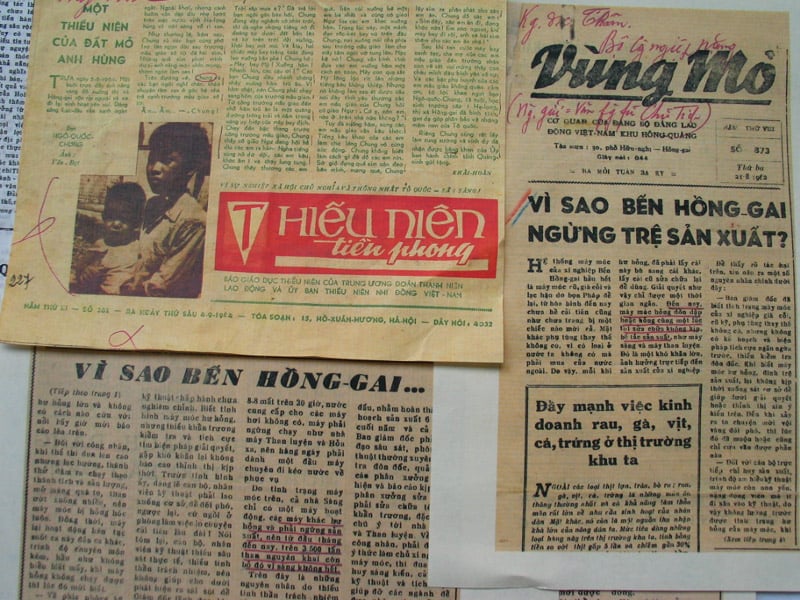
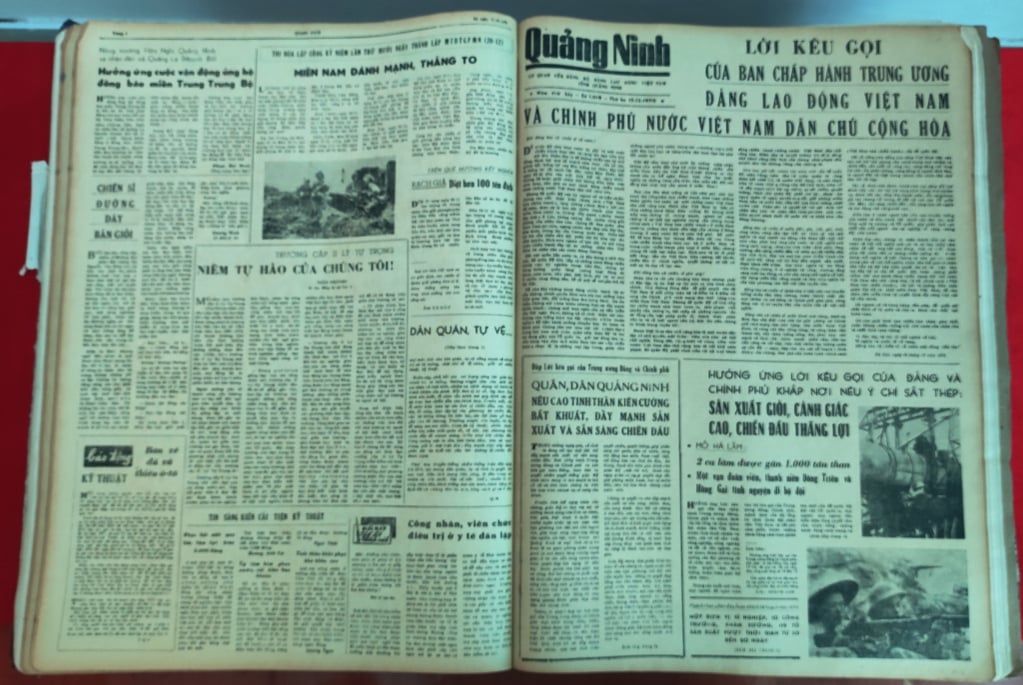
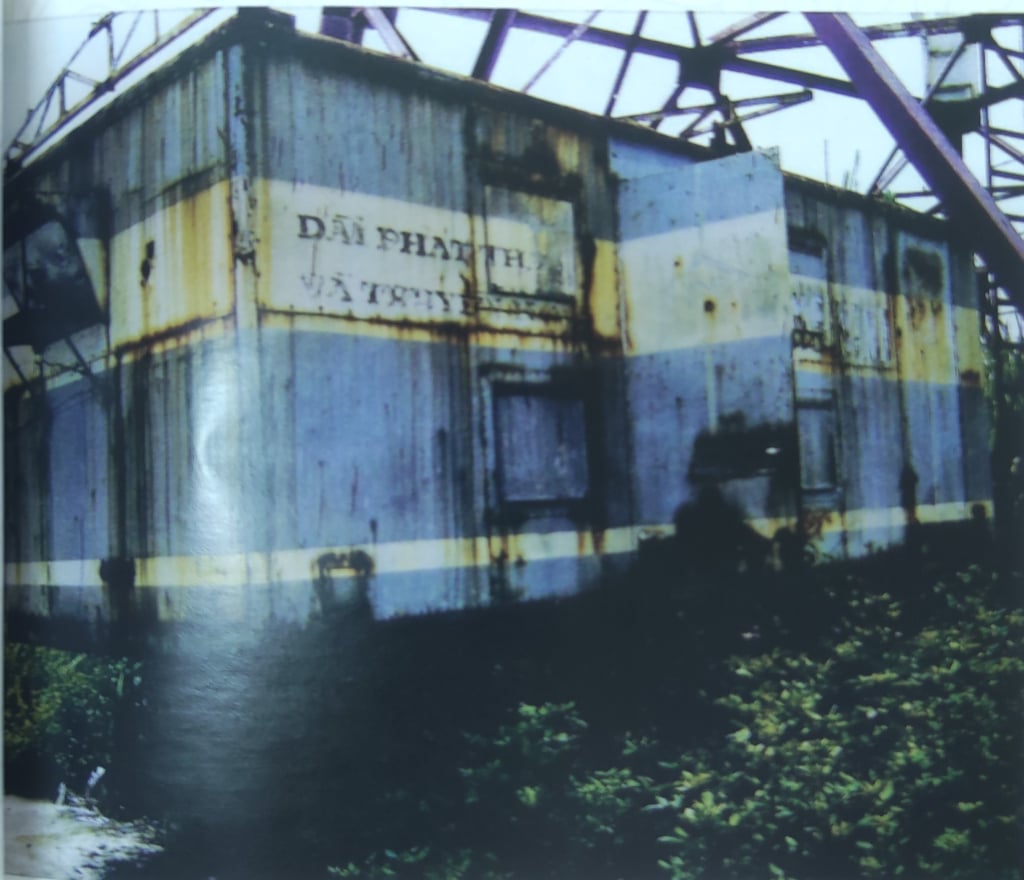






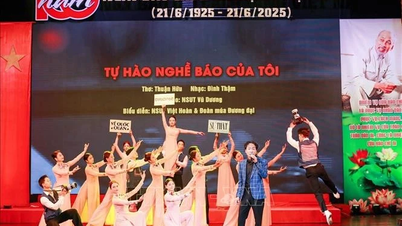



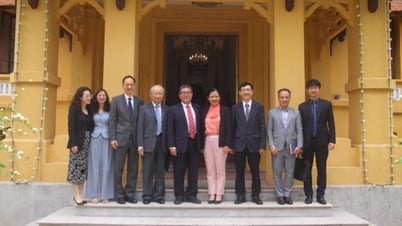



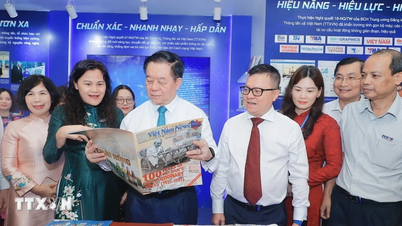

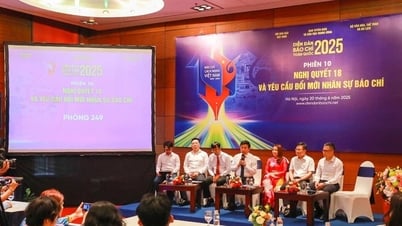

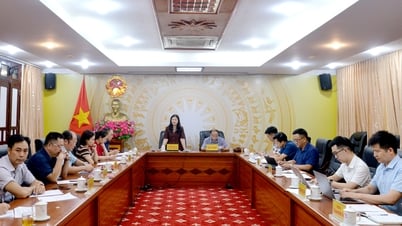

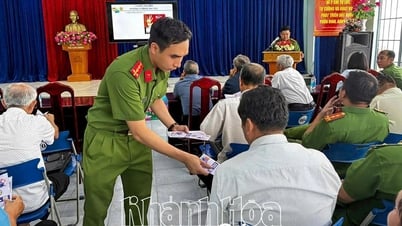

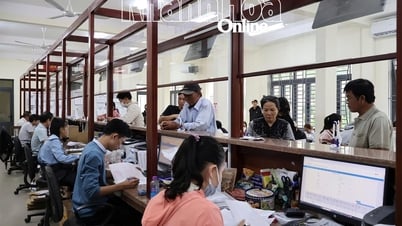


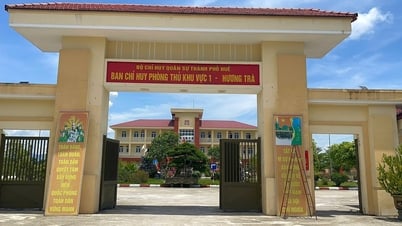








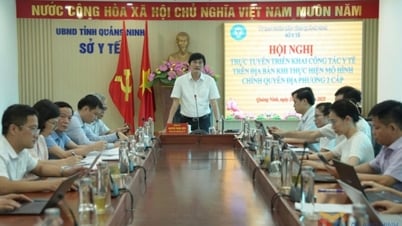
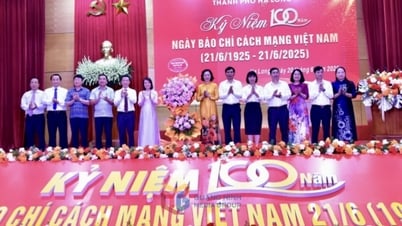
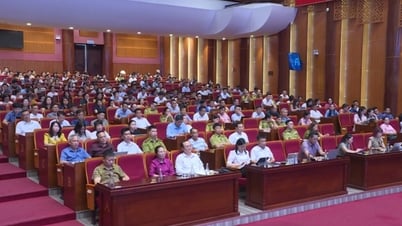


![[Photo] The 9th Congress of the Party Committee of the Office of the President, term 2025-2030](https://vphoto.vietnam.vn/thumb/1200x675/vietnam/resource/IMAGE/2025/6/20/78e7f27e8c4b4edc8859f09572409ad3)

























![[Maritime News] Wan Hai Lines invests $150 million to buy 48,000 containers](https://vphoto.vietnam.vn/thumb/402x226/vietnam/resource/IMAGE/2025/6/20/c945a62aff624b4bb5c25e67e9bcc1cb)












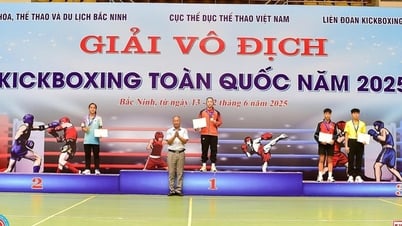

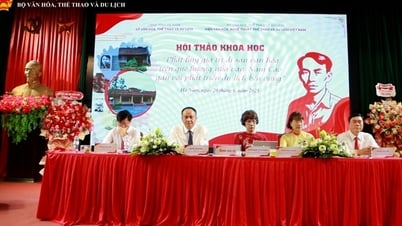
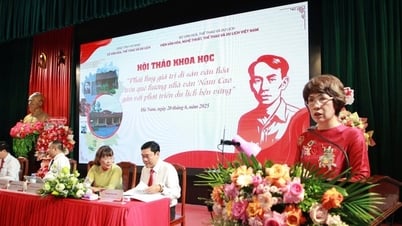

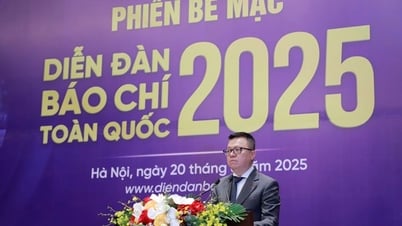
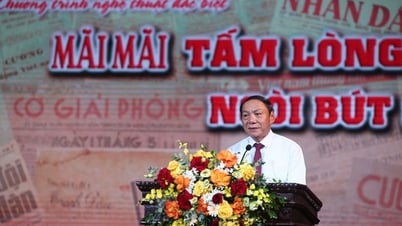
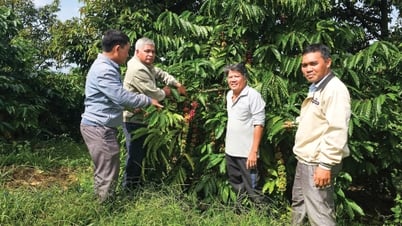



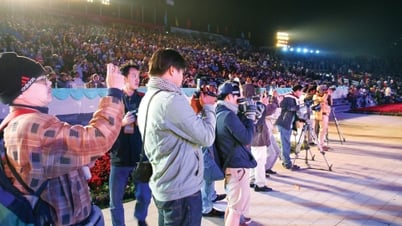
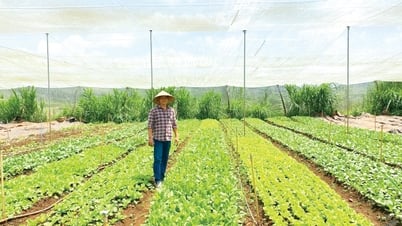










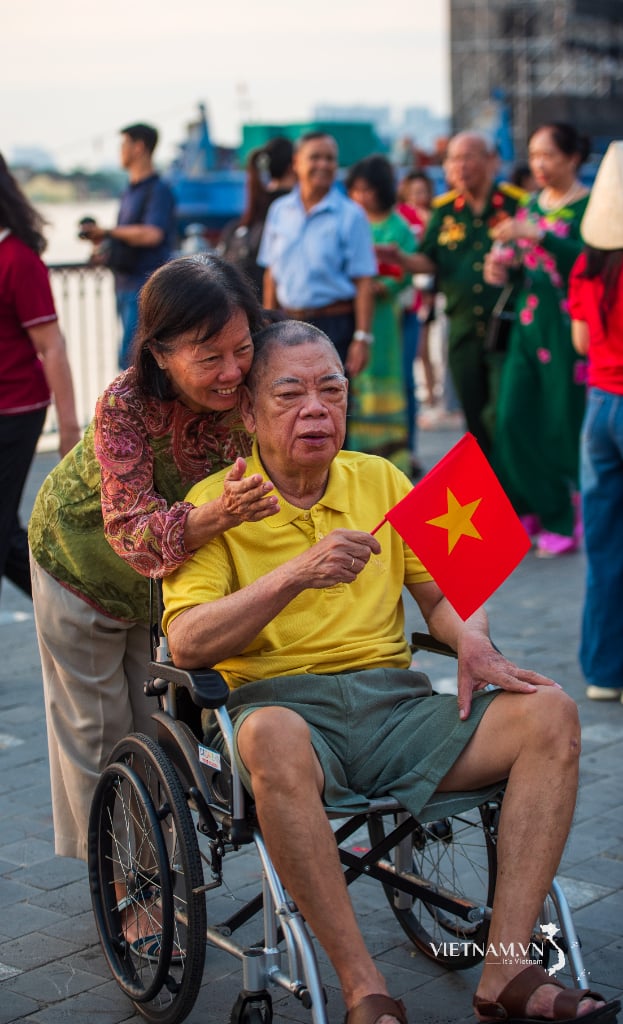


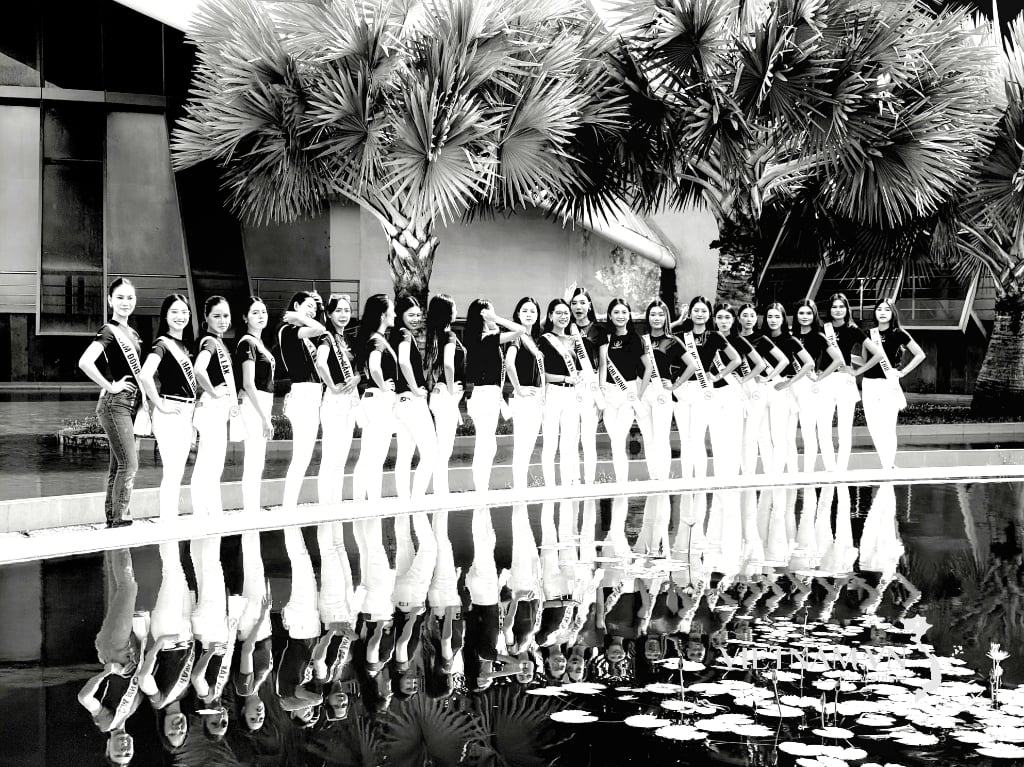
Comment (0)